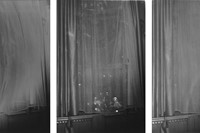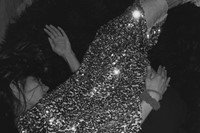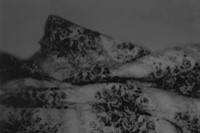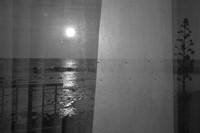“The spectacle will be in the picture”: the photographer shares the beautiful and haunting photographs that will fill the Belgian pavilion from this weekend
It’s easy to lose yourself in the act of looking when you’re in front of an image by Dirk Braeckman. There’s an energy reverberating in the darkness of his photographs that draws you into another dimension – where the eyes simultaneously linger over the surface of the image and orbit around the emerging contours of objects, scenes and bodies that seem to possess lives of their own. For a moment, the allure of these mysterious details offers a much-needed mental detour from the stories we tell ourselves.
Braeckman is representing Belgium at the 57th Venice Biennale with a new series of monumental photographic prints, all of them black and white and on baryta paper. Born in Eeklo, Belgium, the Ghent-based photographer shoots only analogue, and always showcases his images unglazed and uncovered. Without any physical interference, the eye can directly wander along the ridges, fissures and fragments of enigmatic forms, diverting attention from any particular narrative. After all, Braeckman is not interested in crafting narratives, abiding to a specific theme nor capturing reality in his work, the artist is adamant on creating an atmosphere. “I’m not a storyteller, I’m an imagemaker,” he tells AnOther. “The story is made in the mind of the viewer.”
Process plays a critical role in Braeckman’s photography. Specifically, time in the darkroom where he sometimes spends from ten to 12 hours at a time. There, the artist experiments with chemicals, paper, exposure and intentionally adding elements like dust and hair to the surface in order to achieve his distinctive visual language. Braeckman, who wanted to become a painter when he was younger, says this approach stems from missing the physical act of painting. “I started to make big prints because I needed this physical approach to the paper, to the surface,” he adds.
Emphasis on process rather than story is further stressed by Braeckman’s tendency to reveal very little about the images he exhibits. Titles are often nonsensical combinations of numbers and letters, like H.M.-H.P.-11 (2011). “I don’t look for the right subject and I don’t travel to photograph. I travel to travel – and then I take pictures,” he explains, “When I use older negatives, the work is only done when they’re printed. When I put a date on the photographs, it’s the date it was printed and not the date of shooting.”
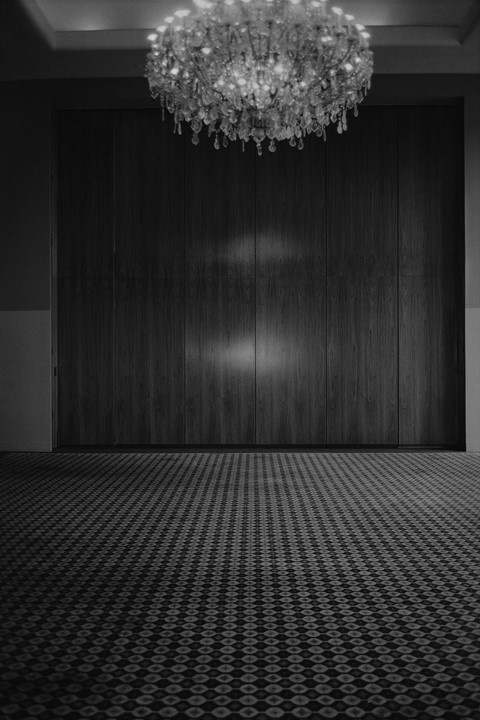
In the midst of deep blacks and enveloping greys, traces and smudges of light emanate from mundane subjects. As your eyes adjust to Braeckman’s monochrome night-vision, gentle folds on a satin bedsheet begins to resemble the otherworldly beauty of crescentic sand dunes. A glistening aura dances through a dreary living room. Bare human figures quietly mesh with the gestures of objects, as if sharing a fleeting moment of intimacy. There’s something about the tactility of these images that pulls you into an almost meditative state of seeing. Like admiring a painting, the slower you look, the more you see.
Curated by Eva Wittocx, Braeckman’s photographs at the newly renovated Belgian Pavilion aim to instil a sense of calm amid the Biennale frenzy. “It won’t look like a complicated installation,” he says. “The spectacle will be in the picture.”
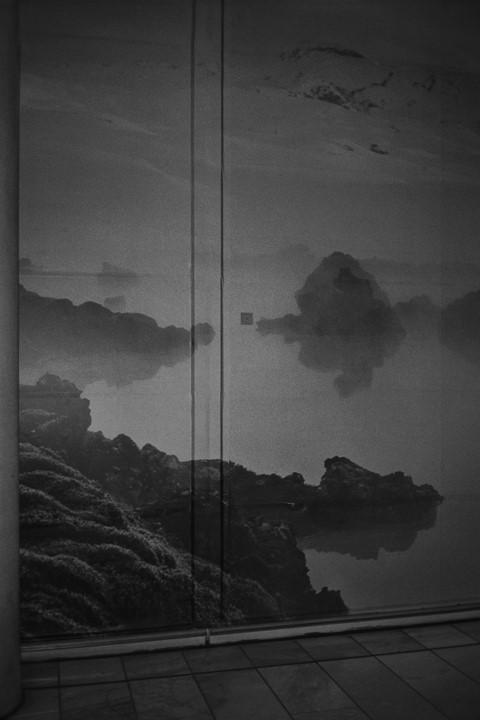
Venice Biennale runs from May 13 until 26 November 2017.

